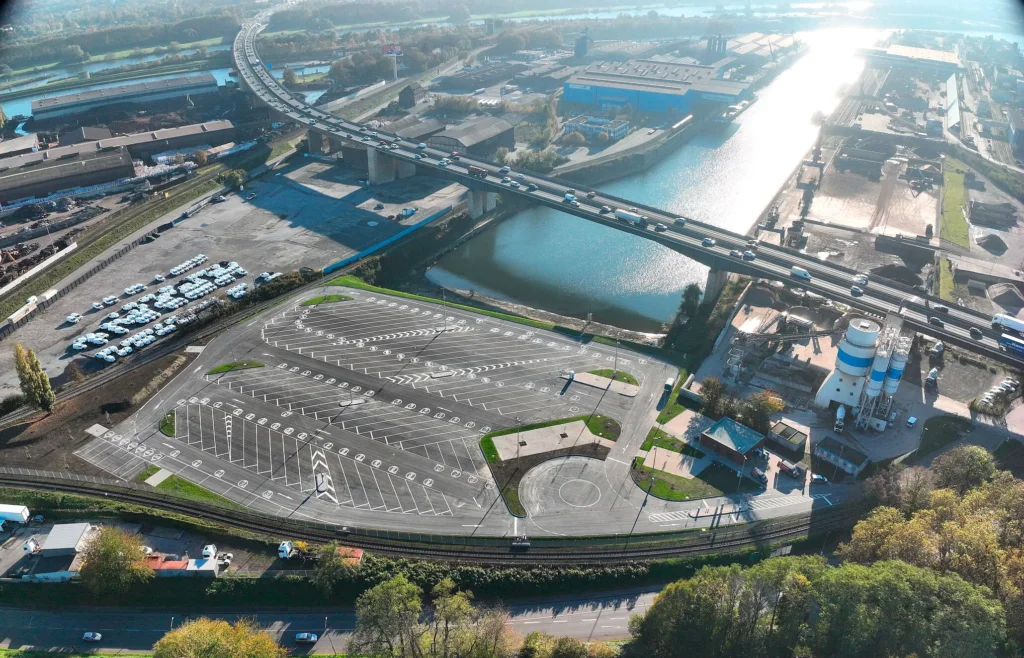The German government intends to invest heavily in parking infrastructure and will allocate €400 million to create new parking spaces for trucks. Will the situation of thousands of truckers looking for parking spaces every day finally change?
Logistics expert Prof. Peter Klaus estimates that there are around 150,000 to 160,000 drivers working in Germany every week. They travel approximately 56.5 million kilometres every day. Yet in this largest and, at the same time, economically leading country in Europe, there is a shortage of up to 50,000 parking spaces for them.
Over the next four years Germany will spend 100 million a year on the creation of parking spaces for trucks,” said Steffen Bilger, Logistics Officer at the Federal Ministry of Transport and Digital Logistics.
Between 2009 and 2018, a total of 16,000 parking spaces for trucks were made available. However, according to the estimates of transport ministers from the German Länder, the country lacks between 30,000 and 50,000 spaces for trucks. This demand is growing year on year, as the demand for road transport is growing.
‘Compact parking’
Moreover, according to Bilger, the application of telematics-based methods, i.e. compact parking, will allow better use of the existing facilities. However, only three locations currently have such a system – the Inntal-West rest area on the A93 motorway, the Jura-West rest area on the A3 and the Montabaur rest area on the A61. BMVI reports that ‘compact parking’ is to be launched at four more sites – the A5 in Hesse, the A6 in Saarland, the A5 in Baden-Württemberg and the A3 in North Rhine-Westphalia.
Telematically controlled compact parking’ is the name of a project by the German road authority BASt. Its aim is not only to increase the capacity of parking areas along motorways but also to reduce dangerous parking manoeuvres while maintaining proper working and rest periods for drivers. Thanks to the new solution, the existing parking spaces have been reorganised so that three trucks can be parked one behind the other instead of two.
The position in the row to be taken depends on the specific time of the planned departure after the rest. The departure times of individual vehicles are displayed on electronic boards placed above each row.
In addition, the German Ministry of Transport will also look at other solutions, such as the mixed use of parking spaces, i.e. the provision of parking spaces for passenger cars for trucks at night. The Ministry will also check whether a solution based on the use of parking spaces for trucks outside motorways will be useful.
We will keep you up to date with all the details.
Photo: Trans.INFO









